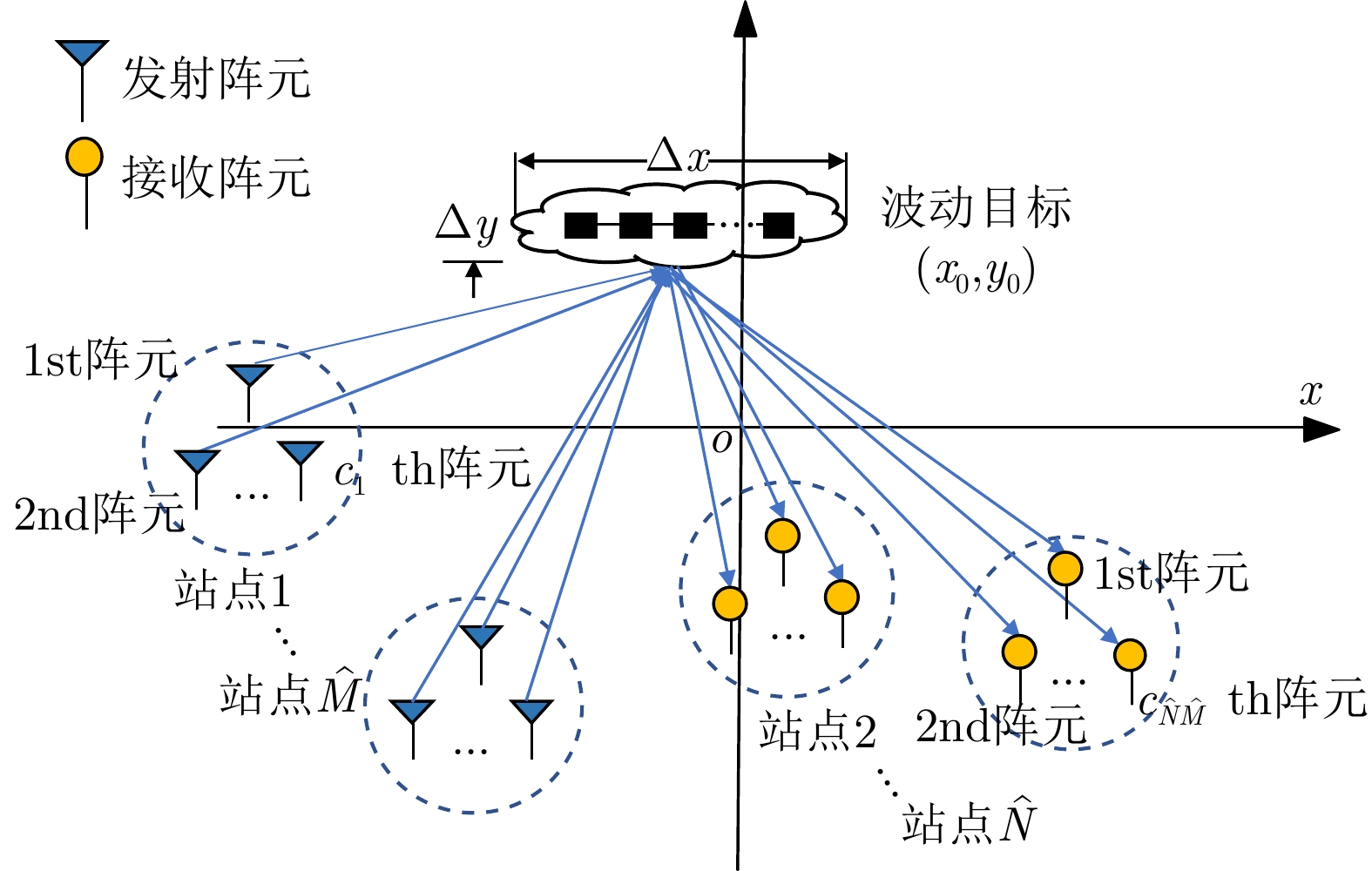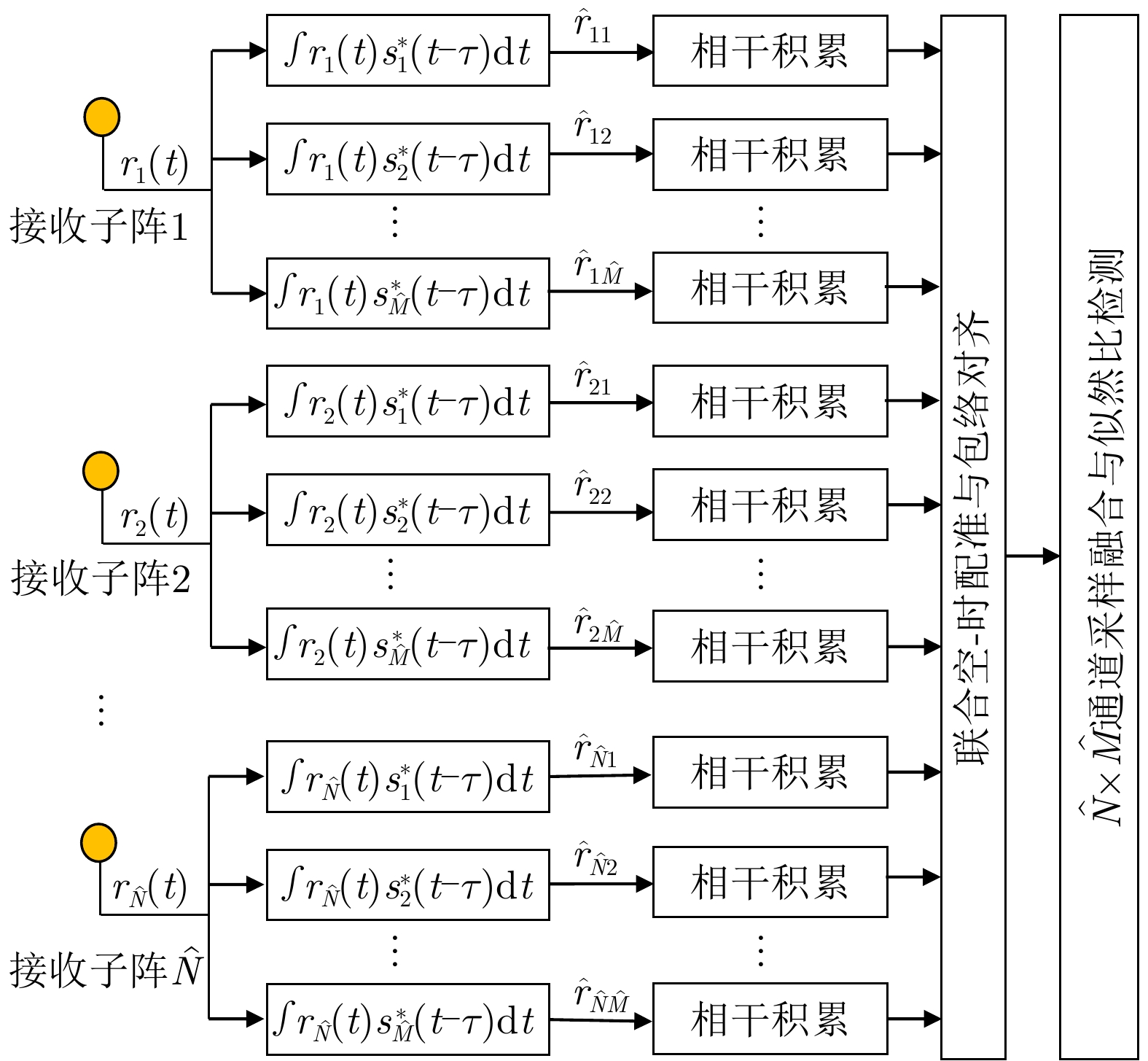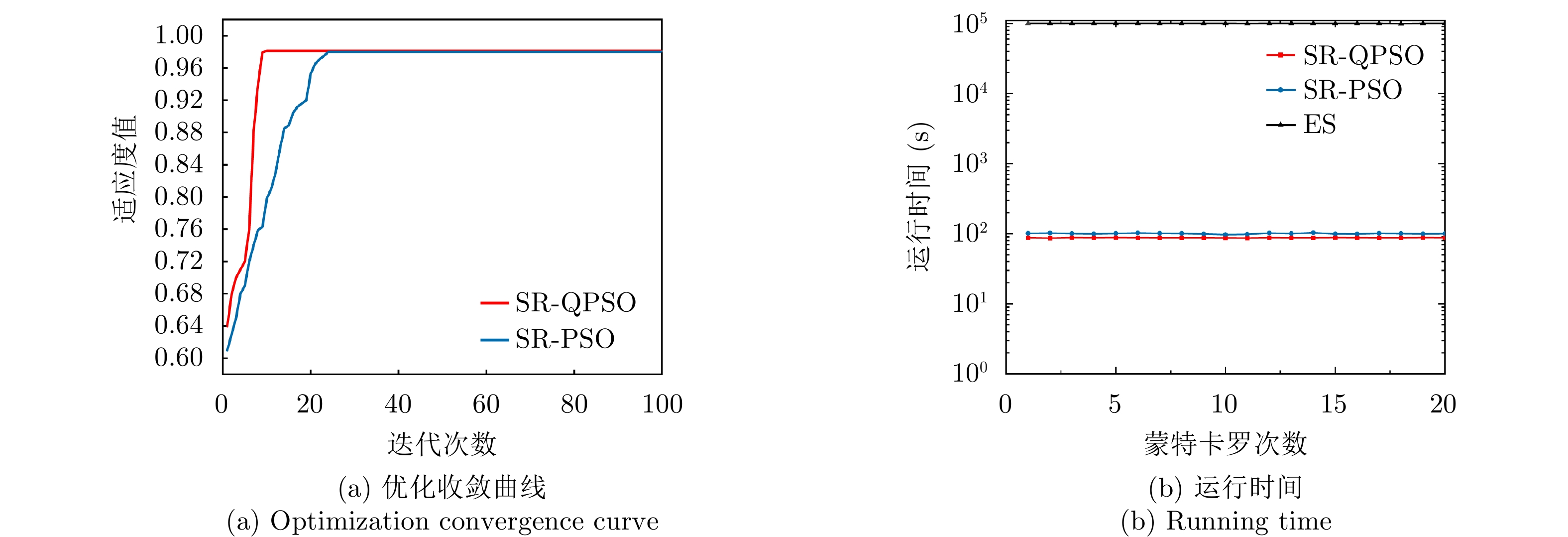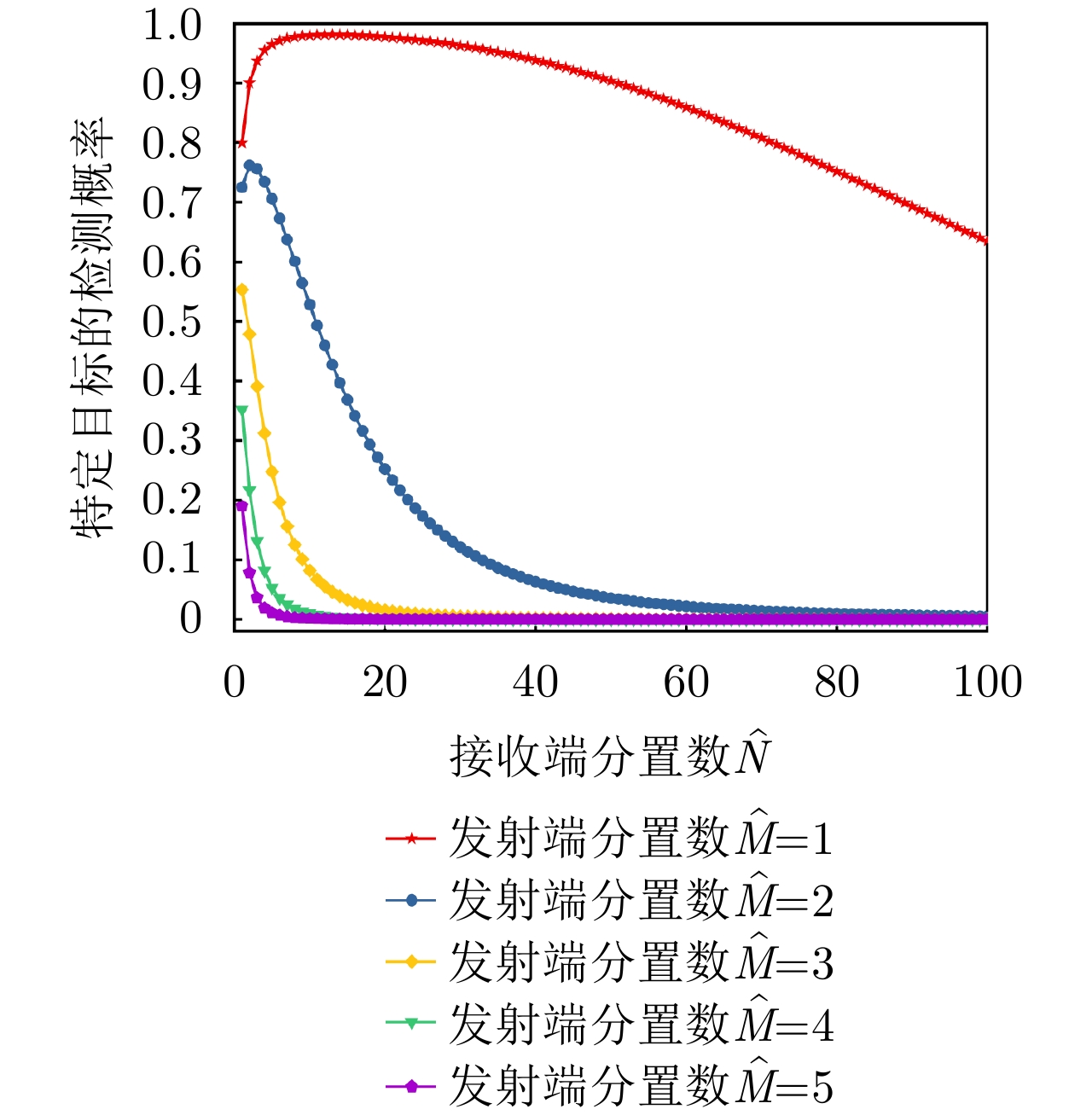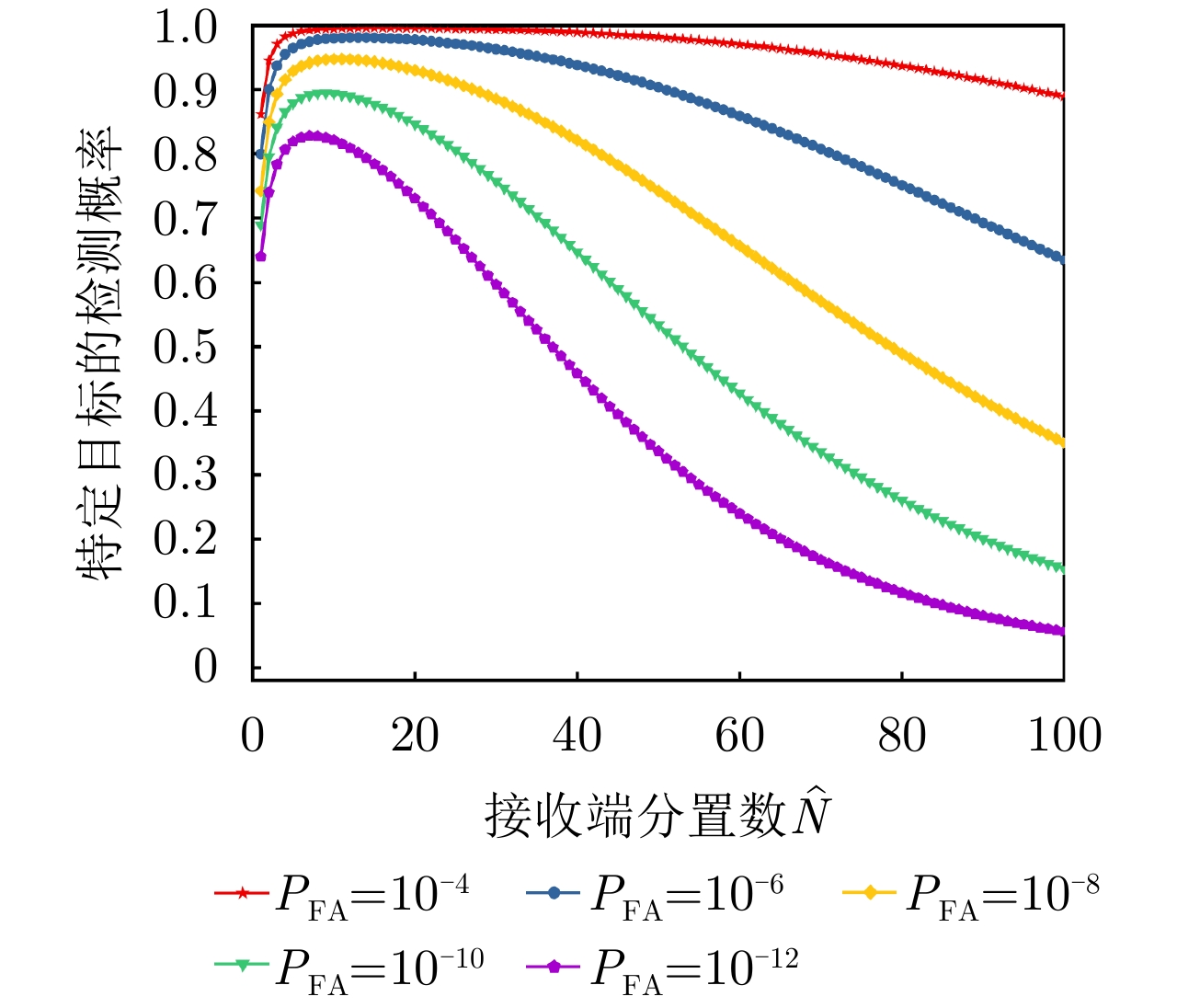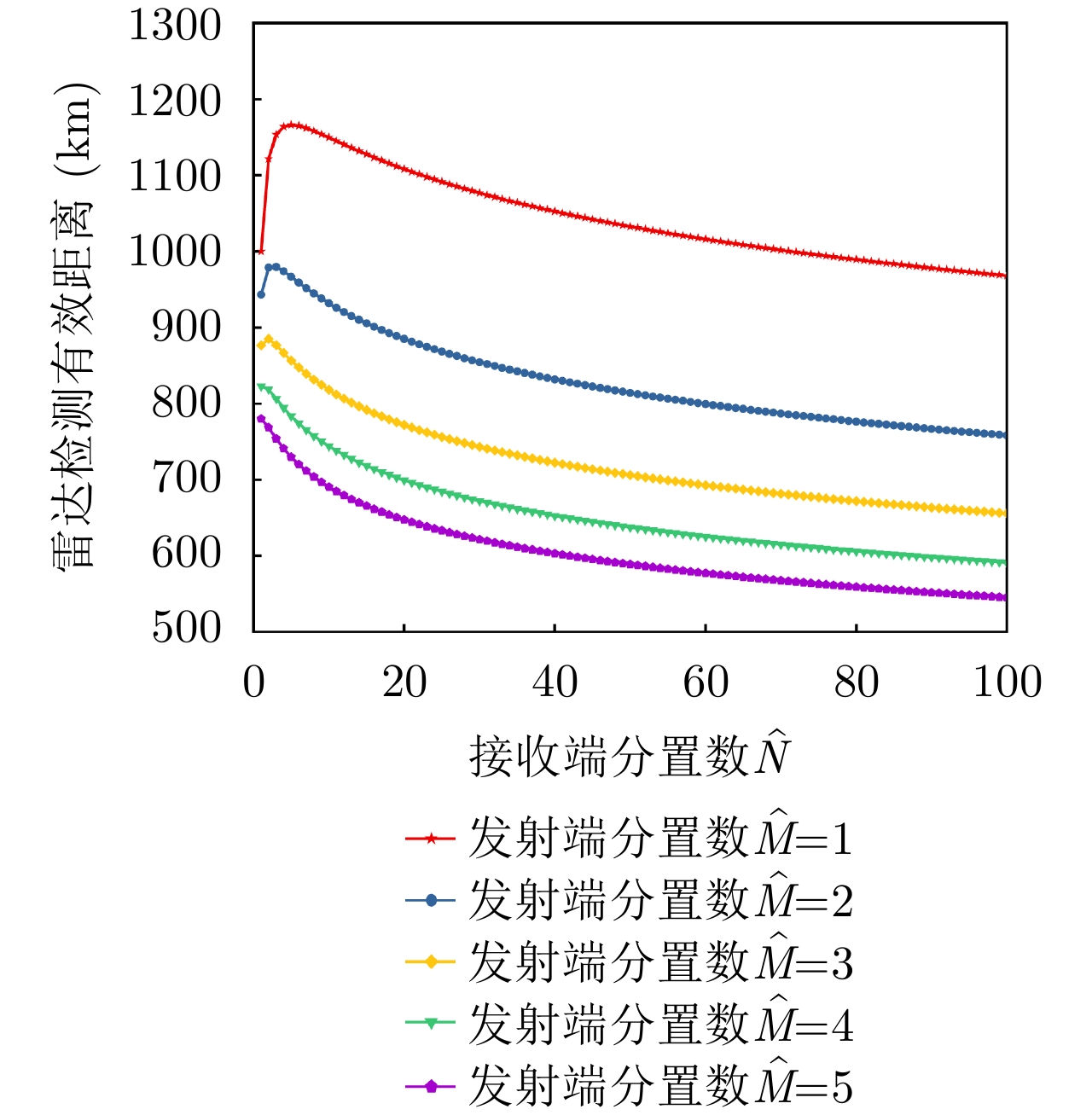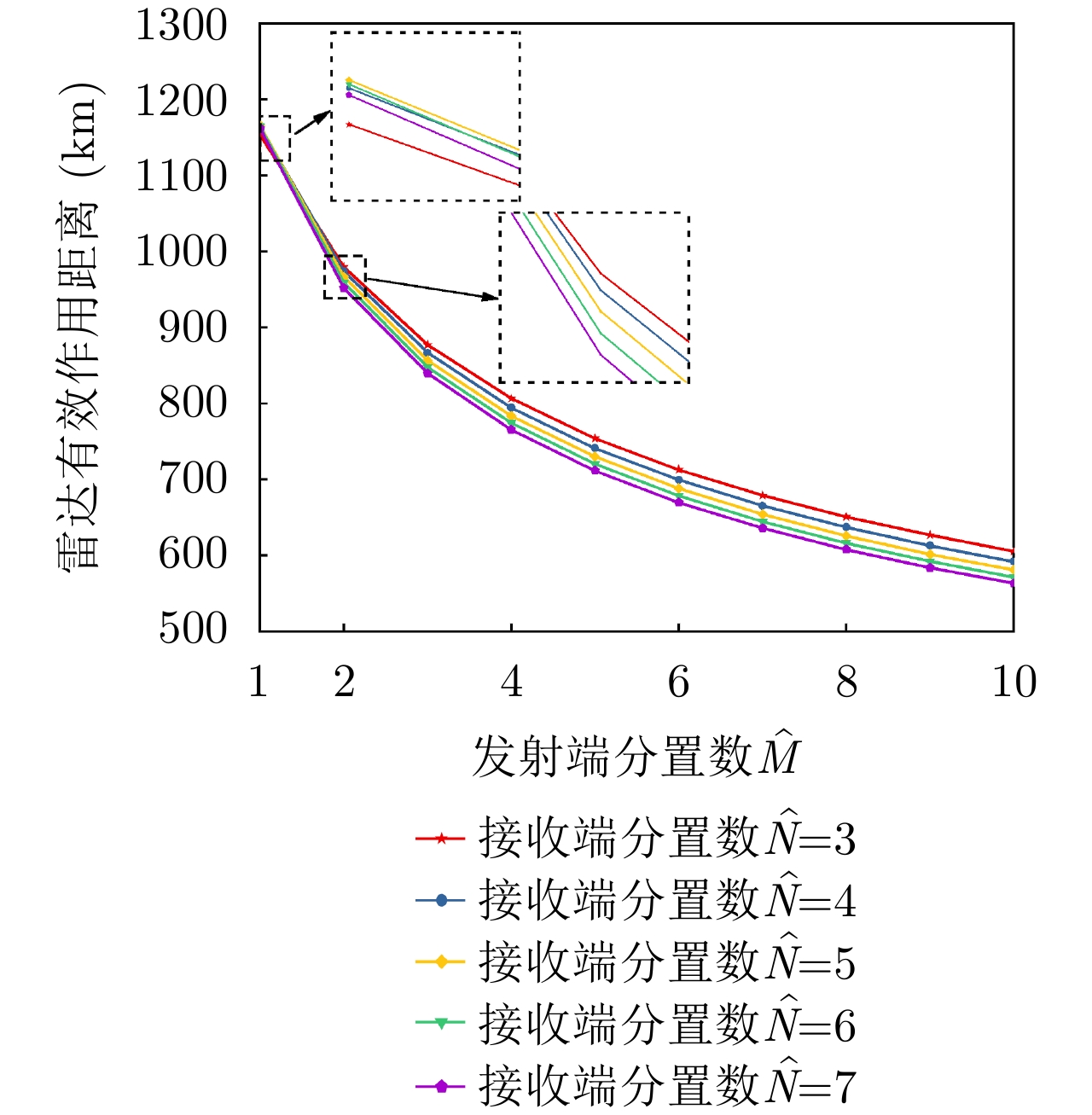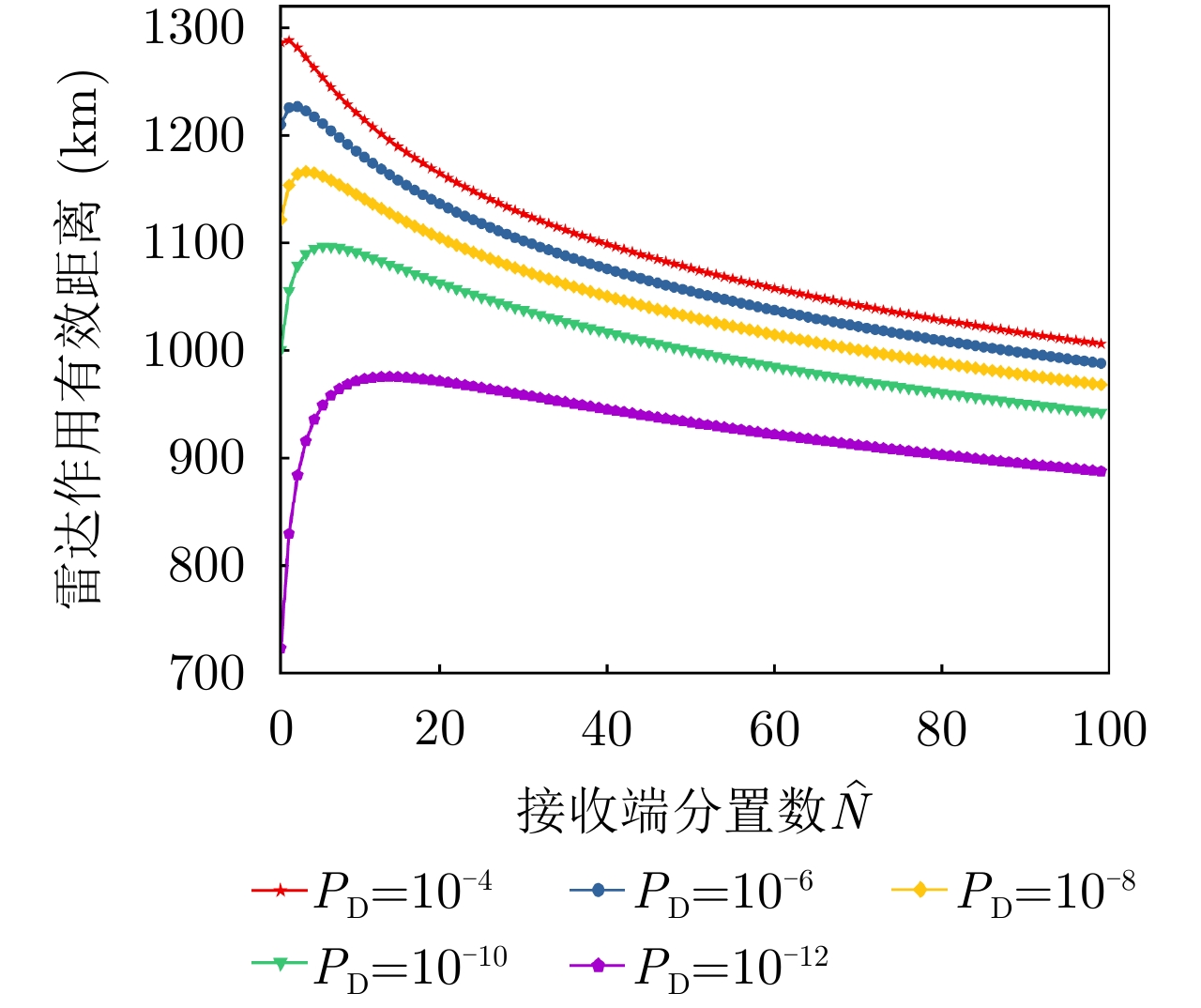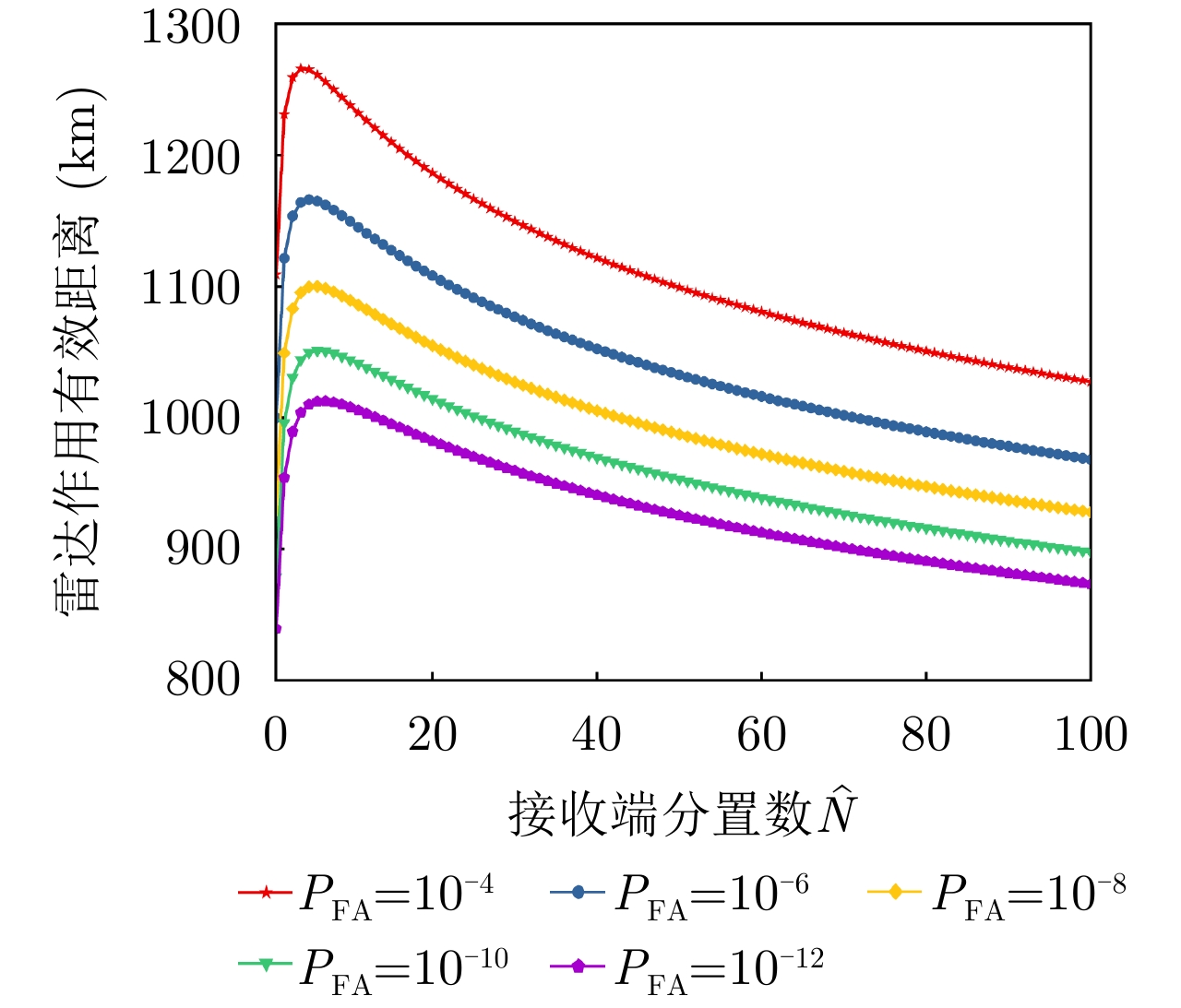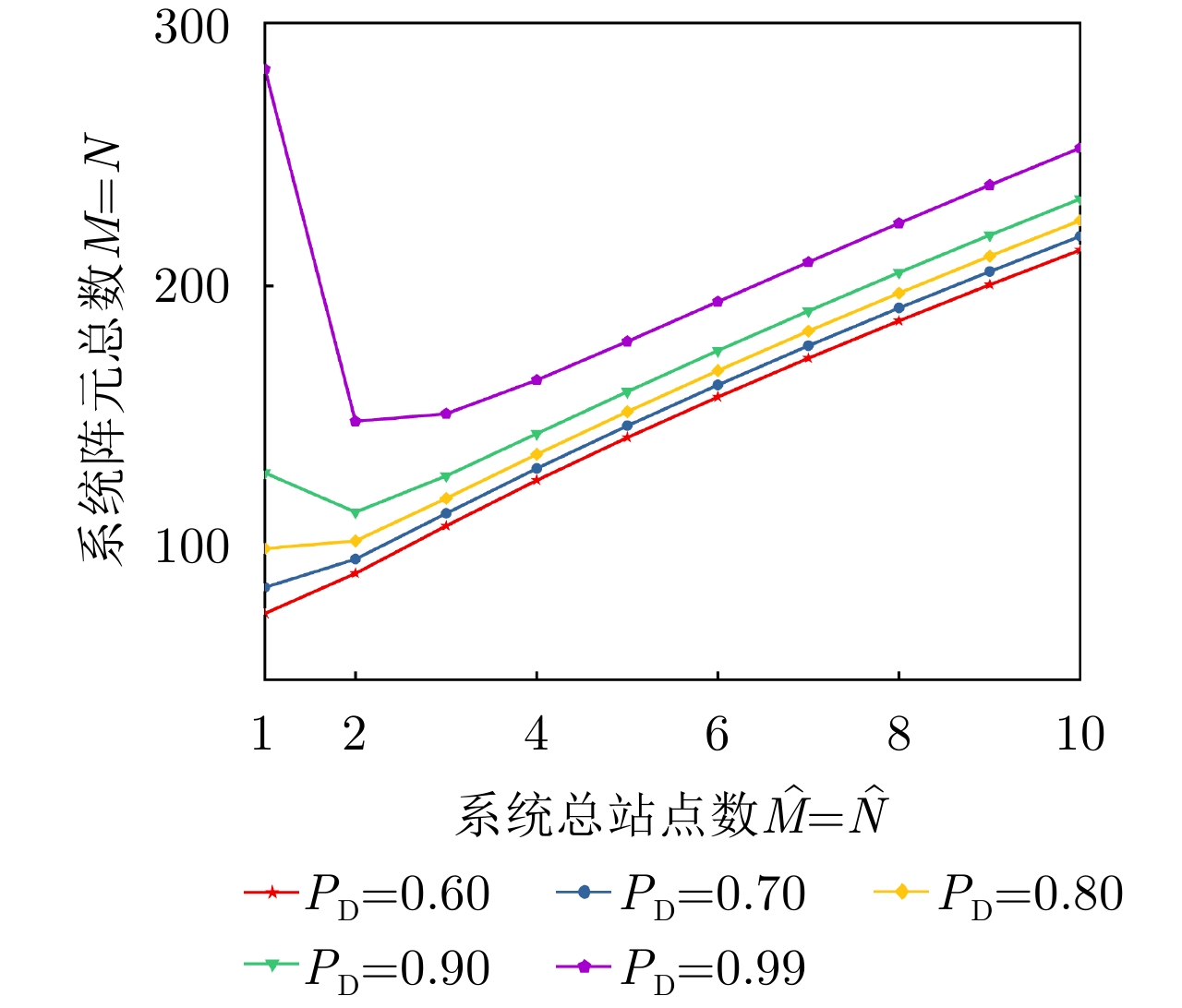| [1] |
MALANOWSKI M and KULPA K. Detection of moving targets with continuous-wave noise radar: Theory and measurements[J]. IEEE Transactions on Geoscience and Remote Sensing, 2012, 50(9): 3502–3509. doi: 10.1109/TGRS.2011.2181521 |
| [2] |
ZHU Zhenghan, KAY S, and RAGHAVAN R S. Information-theoretic optimal radar waveform design[J]. IEEE Signal Processing Letters, 2017, 24(3): 274–278. doi: 10.1109/LSP.2017.2655879 |
| [3] |
YAN Junkun, LIU Hongwei, PU Wenqiang, et al. Joint beam selection and power allocation for multiple target tracking in netted colocated MIMO radar system[J]. IEEE Transactions on Signal Processing, 2016, 64(24): 6417–6427. doi: 10.1109/TSP.2016.2607147 |
| [4] |
XU Luzhou, LI Jian, and STOICA P. Target detection and parameter estimation for MIMO radar systems[J]. IEEE Transactions on Aerospace and Electronic Systems, 2008, 44(3): 927–939. doi: 10.1109/TAES.2008.4655353 |
| [5] |
SHI Chenguang, WANG Yijie, SALOUS S, et al. Joint transmit resource management and waveform selection strategy for target tracking in distributed phased array radar network[J]. IEEE Transactions on Aerospace and Electronic Systems, 2022, 58(4): 2762–2778. doi: 10.1109/TAES.2021.3138869 |
| [6] |
ZHANG Haowei, LIU Weijian, XIE Junwei, et al. Joint subarray selection and power allocation for cognitive target tracking in large-scale MIMO radar networks[J]. IEEE Systems Journal, 2020, 14(2): 2569–2580. doi: 10.1109/JSYST.2019.2960401 |
| [7] |
YAN Junkun, ZHANG Peng, DAI Jinhui, et al. Target capacity based simultaneous multibeam power allocation scheme for multiple target tracking application[J]. Signal Processing, 2021, 178: 107794. doi: 10.1016/j.sigpro.2020.107794 |
| [8] |
ZHANG Haowei, ZHOU Hao, ZONG Binfeng, et al. A fast power allocation strategy for multibeam tracking multiple targets in clutter[J]. IEEE Systems Journal, 2022, 16(1): 1249–1257. doi: 10.1109/JSYST.2021.3059257 |
| [9] |
YAN Junkun, DAI Jinhui, PU Wenqiang, et al. Target capacity based resource optimization for multiple target tracking in radar network[J]. IEEE Transactions on Signal Processing, 2021, 69: 2410–2421. doi: 10.1109/TSP.2021.3071173 |
| [10] |
YAN Junkun, LIU Hongwei, JIU Bo, et al. Simultaneous multibeam resource allocation scheme for multiple target tracking[J]. IEEE Transactions on Signal Processing, 2015, 63(12): 3110–3122. doi: 10.1109/TSP.2015.2417504 |
| [11] |
张大琳, 易伟, 孔令讲. 面向组网雷达干扰任务的多干扰机资源联合优化分配方法[J]. 雷达学报, 2021, 10(4): 595–606. doi: 10.12000/JR21071ZHANG Dalin, YI Wei, and KONG Lingjiang. Optimal joint allocation of multijammer resources for jamming netted radar system[J]. Journal of Radars, 2021, 10(4): 595–606. doi: 10.12000/JR21071 |
| [12] |
FISHLER E, HAIMOVICH A, BLUM R, et al. MIMO radar: An idea whose time has come[C]. Proceedings of the 2004 IEEE Radar Conference (IEEE Cat. No. 04CH37509), Philadelphia, USA, 2004: 71–78.
|
| [13] |
SHI Chenguang, DING Lintao, WANG Fei, et al. Joint target assignment and resource optimization framework for multitarget tracking in phased array radar network[J]. IEEE Systems Journal, 2021, 15(3): 4379–4390. doi: 10.1109/JSYST.2020.3025867 |
| [14] |
LI Jian and STOICA P. MIMO radar with colocated antennas[J]. IEEE Signal Processing Magazine, 2007, 24(5): 106–114. doi: 10.1109/MSP.2007.904812 |
| [15] |
HAIMOVICH A M, BLUM R S, and CIMINI L J. MIMO radar with widely separated antennas[J]. IEEE Signal Processing Magazine, 2008, 25(1): 116–129. doi: 10.1109/MSP.2008.4408448 |
| [16] |
FISHLER E, HAIMOVICH A, BLUM R S, et al. Spatial diversity in radars—models and detection performance[J]. IEEE Transactions on Signal Processing, 2006, 54(3): 823–838. doi: 10.1109/TSP.2005.862813 |
| [17] |
张光义. 相控阵雷达原理[M]. 国防工业出版社, 2009, 13–18.
ZHANG Guangyi, Principle of Phased Array Radar[M]. National Defense Industry Press, 2009, 13–18.
|
| [18] |
SKOLNIK M I. Radar Handbook[M]. New York: McGraw-Hill, 1990, 236–243.
|
| [19] |
BUTT F A, NAQVI I H, and RIAZ U. Hybrid phased-MIMO radar: A novel approach with optimal performance under electronic countermeasures[J]. IEEE Communications Letters, 2018, 22(6): 1184–1187. doi: 10.1109/LCOMM.2018.2828408 |
| [20] |
HASSANIEN A and VOROBYOV S A. Phased-MIMO radar: A tradeoff between phased-array and MIMO radars[J]. IEEE Transactions on Signal Processing, 2010, 58(6): 3137–3151. doi: 10.1109/TSP.2010.2043976 |
| [21] |
DELIGIANNIS A, AMIN M, LAMBOTHARAN S, et al. Optimum sparse subarray design for multitask receivers[J]. IEEE Transactions on Aerospace and Electronic Systems, 2019, 55(2): 939–950. doi: 10.1109/TAES.2018.2867258 |
| [22] |
YI Jianxin, WAN Xianrong, LEUNG H, et al. Joint placement of transmitters and receivers for distributed MIMO radars[J]. IEEE Transactions on Aerospace and Electronic Systems, 2017, 53(1): 122–134. doi: 10.1109/TAES.2017.2649338 |
| [23] |
RADMARD M, CHITGARHA M M, MAJD M N, et al. Antenna placement and power allocation optimization in MIMO detection[J]. IEEE Transactions on Aerospace and Electronic Systems, 2014, 50(2): 1468–1478. doi: 10.1109/TAES.2014.120776 |
| [24] |
XU Jia, DAI Xizeng, XIA Xianggen, et al. Optimizations of multisite radar system with MIMO radars for target detection[J]. IEEE Transactions on Aerospace and Electronic Systems, 2011, 47(4): 2329–2343. doi: 10.1109/TAES.2011.6034636 |
| [25] |
FEI Taiyong, TAN Xiansi, ZHANG Kun, et al. Optimizations of elements configurations for distributed MIMO digital array radar[J]. Modern Radar, 2017, 39(8): 22–27. doi: 10.16592/j.cnki.1004-7859.2017.08.006 |
| [26] |
FEI Taiyong, TAN Xiansi, LIN Qiang, et al. Research on detection performance for distributed MIMO digital array radar[J]. Journal of Huazhong University of Science and Technology: Natural Science Edition, 2017, 45(12): 80–85. doi: 10.13245/j.hust.171213 |
| [27] |
ZHOU Shenghua, LIU Hongwei, ZHAO Yongbo, et al. Target spatial and frequency scattering diversity property for diversity MIMO radar[J]. Signal Processing, 2011, 91(2): 269–276. doi: 10.1016/j.sigpro.2010.07.004 |
| [28] |
SIDIROPOULOS N D, GINI F, CHELLAPPA R, et al. Academic Press Library in Signal Processing: Volume 2: Communications and Radar Signal Processing[M]. Amsterdam: Elsevier, 2014: 329–408.
|
| [29] |
XU Jia, DAI Xizeng, XIA Xianggen, et al. Optimal transmitting diversity degree-of-freedom for statistical MIMO radar[C]. 2010 IEEE Radar Conference, Arlington, USA, 2010: 437–440.
|
| [30] |
SUN Jun, XU Wenbo, and FENG Bin. A global search strategy of quantum-behaved particle swarm optimization[C]. IEEE Conference on Cybernetics and Intelligent Systems, 2004, Singapore, 2004: 111–116.
|
| [31] |
SUN Jun, XU Wenbo, and FENG Bin. Adaptive parameter control for quantum-behaved particle swarm optimization on individual level[C]. 2005 IEEE International Conference on Systems, Man and Cybernetics, Waikoloa, USA, 2005: 3049–3054.
|
| [32] |
ZHANG Haowei, SHI Junpeng, ZHANG Qiliang, et al. Antenna selection for target tracking in collocated MIMO radar[J]. IEEE Transactions on Aerospace and Electronic Systems, 2021, 57(1): 423–436. doi: 10.1109/TAES.2020.3031767 |




 Submit Manuscript
Submit Manuscript Peer Review
Peer Review Editor Work
Editor Work

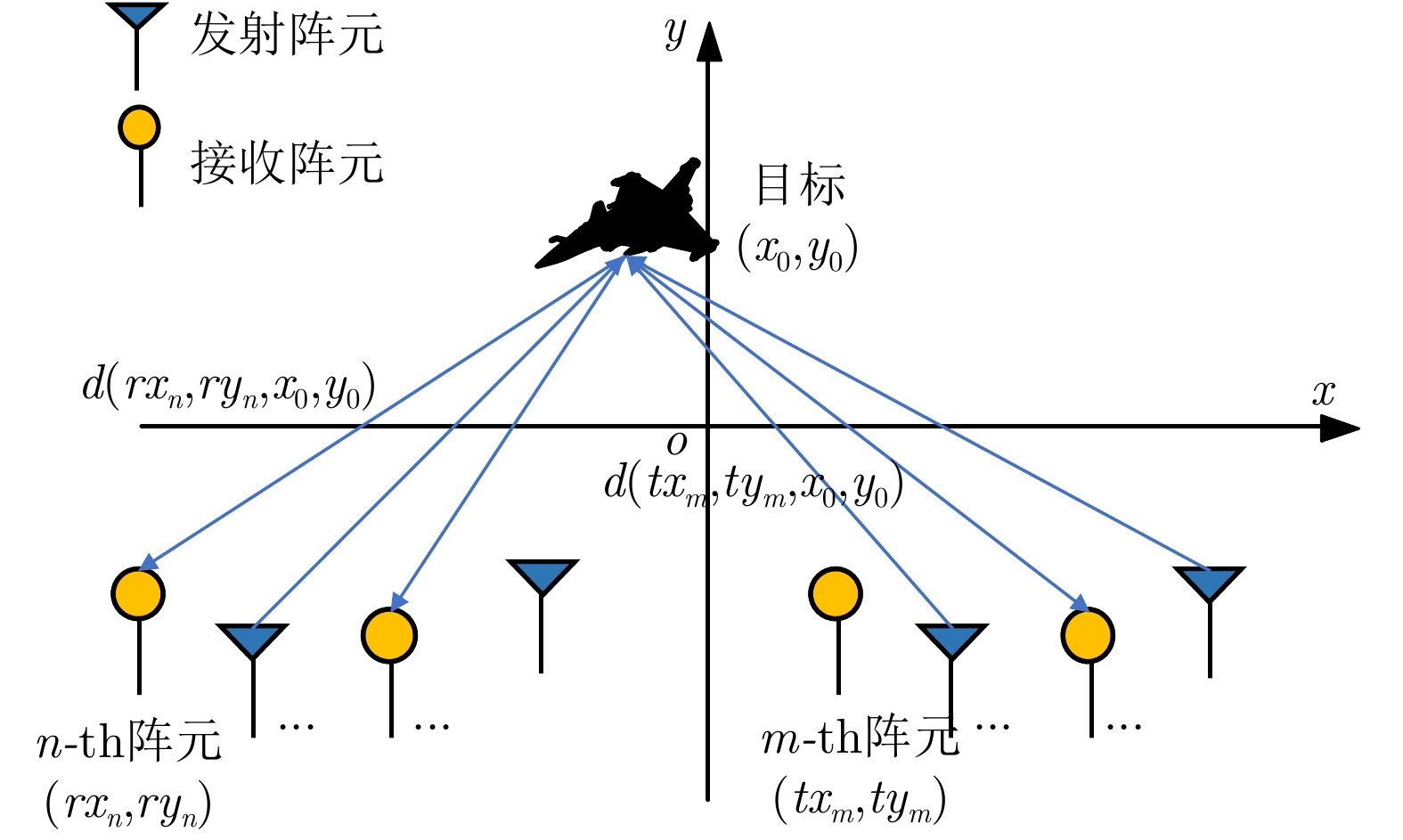



 DownLoad:
DownLoad:
